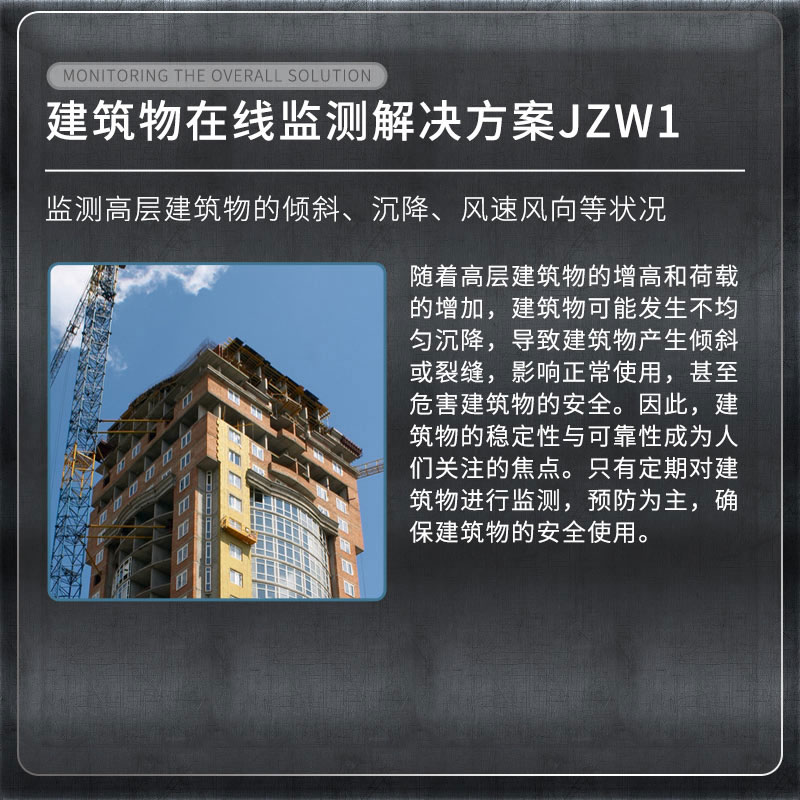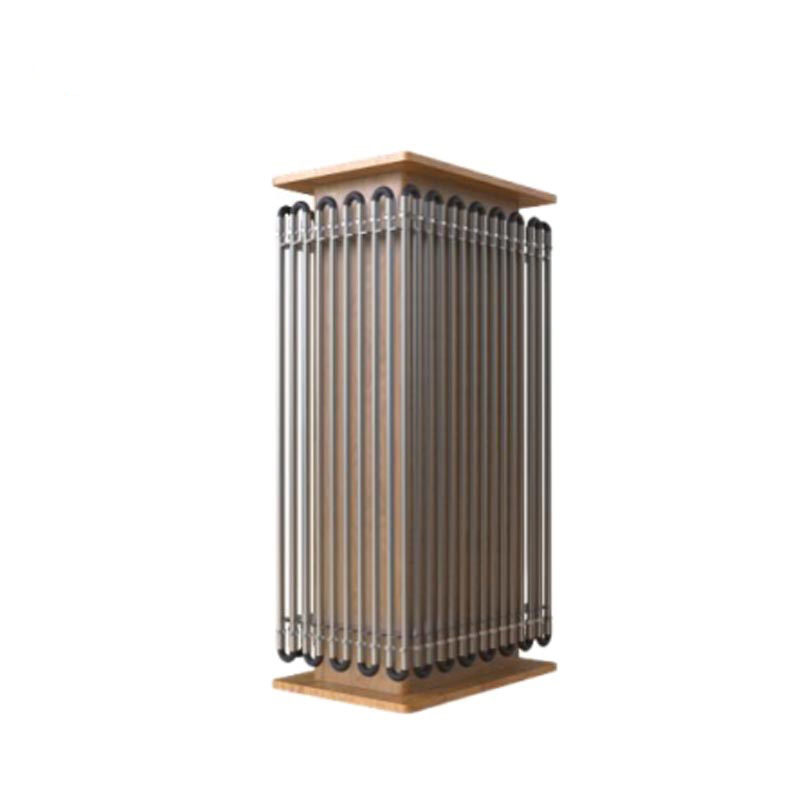The agrometeorological station uses advanced automatic acquisition technology to achieve integrated monitoring of the atmospheric and soil environment. It is capable of tracking key indicators such as air humidity, soil temperature and crop growth stages in real time. In addition, by establishing an early warning platform for agrometeorological disasters, the system is able to monitor meteorological disasters in a timely manner and automatically identify crop growth stages, helping to mitigate the challenges posed by climate change to agricultural production and food security.
An agrometeorological station usually consists of the following main components:
Temperature sensor: used to monitor air temperature, which has a direct impact on crop growth and development.
Humidity sensors: measure air humidity, which is instructive for irrigation management and pest control.
Wind speed and direction sensors: record information on wind speed and direction, which helps to assess the risk of wind damage and spread pollen.
Rainfall sensors: measure rainfall, important for water management and crop water demand assessment.
Solar radiation sensor: monitors the intensity of solar radiation, which is important for crop photosynthesis and growth.
Soil temperature and moisture sensors: monitor soil conditions, which are critical for determining seeding, fertiliser application and irrigation strategies.
Data from agrometeorological stations are usually transmitted via wireless or wired networks to a centralised database, where farmers and agricultural specialists can access the information in real time via computers or mobile devices.
Agrometeorological stations are devices that monitor climatic conditions on farmland, tracking data such as temperature, humidity, wind speed, and rainfall in real time. This information is essential for guiding farming activities, preventing meteorological disasters and optimising resource management. The data can be accessed through a cloud-based platform that supports smart agricultural decision-making, improves crop yield and quality, and promotes sustainable agricultural development.

This paper addresses:https://fengtusz.com/industry/173.html









